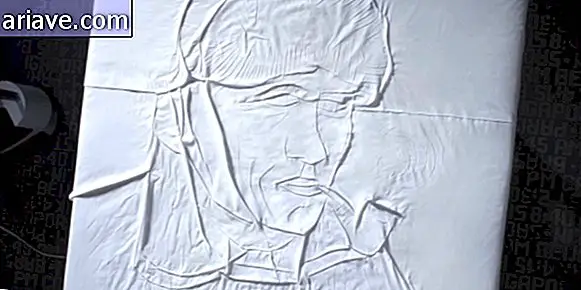Tooth stain reveals something unusual about Middle Ages nuns
For a long time it was thought that only men made biblical manuscripts during the Middle Ages; However, a breakthrough in Germany can change what is known about the period and help prove the role of women in society at the time. A study published in Science Advances shows an unusual blue stain on a nun's teeth - and that was the trigger for new historical interpretations.
It turns out that the blue pigment was extremely rare, called overseas and taken from the lapis lazuli semiprecious stone, originally from the region where Afghanistan is today. Therefore, it was mainly used by male scribes. This woman, who lived between 45 and 60, in a monastery on the outskirts of Dalheim near Frankfurt, had pigment fragments in her teeth - a fact that puzzles researchers.
The nun's remains date back to 1100 AD 9 centuries ago and indicate that she was licking the tip of her writing brushes; so it ended up with the pigment between the teeth. However, the researchers found no work that could be attributed to this woman or this period, since the earliest records of religious manuscripts from monasteries date back 1 century later.

“Initially, I was studying pigment to find out a woman's diet. But as I placed it under the microscope, I saw many bright blue particles. Blue rarely occurs in the natural world, and we thought it had to be some kind of gemstone, ”York University researcher Anita Radini tells The Telegraph.
Other assumptions indicate that the religious woman could be a worshiper of images and had the practice of kissing pictures made with the ultramarine pigment. However, this is a custom that became popular a few centuries later. She may also have encrusted color with preparations of medicinal solutions, but experts do not believe this to be a very plausible possibility.
Another important finding for the case was to understand that 9 centuries ago there was already a trade route connecting Germany to Asia, and that the growing European economy of the period may have increased demand for the rare pigment. Researcher Christina Warriner of the Max Planck Institute celebrates the discovery: "It makes me wonder how many other artists we could find in medieval cemeteries - if we just look!"












